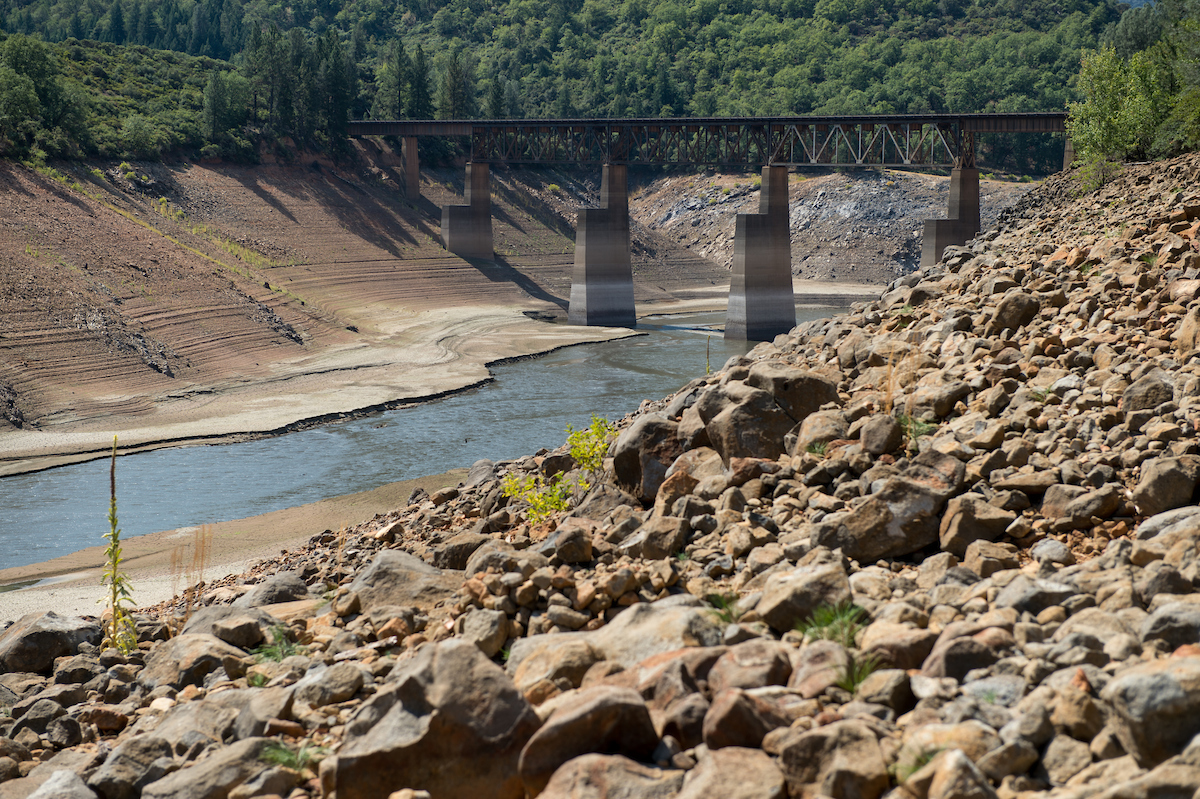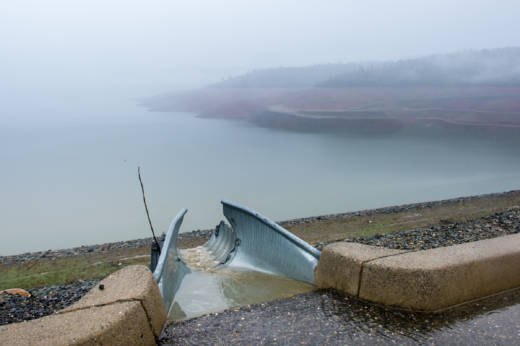California is working to put into place a framework that will help the state deal with its current water shortage, as well as future droughts that are likely to be more severe with a changing climate. “Making Water Conservation a Way of Life,” a draft report released last week, is the collective effort of five state agencies to fulfill Gov. Jerry Brown’s Executive Order B-37-16, signed in May 2016.
Following the 1976-77 drought in California, the state has taken a series of progressive steps to increase drought resilience, as well as conservation and efficiency measures. More recently, the state passed SB X7‐7 in 2009, which mandates that, by 2020, California achieve a 20 percent reduction in per capita urban water use. And in the spring of 2015, Gov. Brown took the unprecedented step of issuing a statewide mandate on water conservation for the more than 400 urban water suppliers to reduce water use by 25 percent. Between June 2015 and March 2016 water consumption fell 23.9 percent, nearly hitting the governor’s ambitious goal.
After pressure from many water agencies, the State Water Resources Control Board halted the mandatory reductions and instead enacted a “stress test” for water agencies to certify that they have a three-year supply of water under drought conditions.
But with California’s drought extending beyond five years and climate change likely to alter the timing and amount of runoff from the Sierra Nevada, the state’s primary “reservoir,” state agencies are calling for more changes from urban and agricultural water suppliers.
“Californians rose to the challenge during this historic drought and recognized that conservation is critical in the face of an uncertain future. This plan is about harnessing the creativity and innovation that Californians have shown during the driest years in state history and making water conservation a way of life in the years ahead,” said California Department of Water Resources director Mark Cowin. “This plan will help make permanent changes to water use so California is better prepared for whatever the future brings.”

Some of the provisions included in the plan would:
- Make permanent the ban on wasteful water practices such as watering down driveways and other hardscapes;
- Provide technical help and incentives to aid water suppliers in finding and fixing leaks;
- Develop new water use standards for urban water suppliers based on local conditions;
- Require water suppliers to be compliant with new water use targets by 2025;
- Require water suppliers to submit a five-year drought risk assessment;
- Improve drought resiliency for small, rural water agencies;
- Require agricultural water districts to create an annual water budget, a drought plan and measures for increasing efficiency.
While the plan is widely hailed as a necessary step, there will likely be pushback over individual aspects from various stakeholders.
